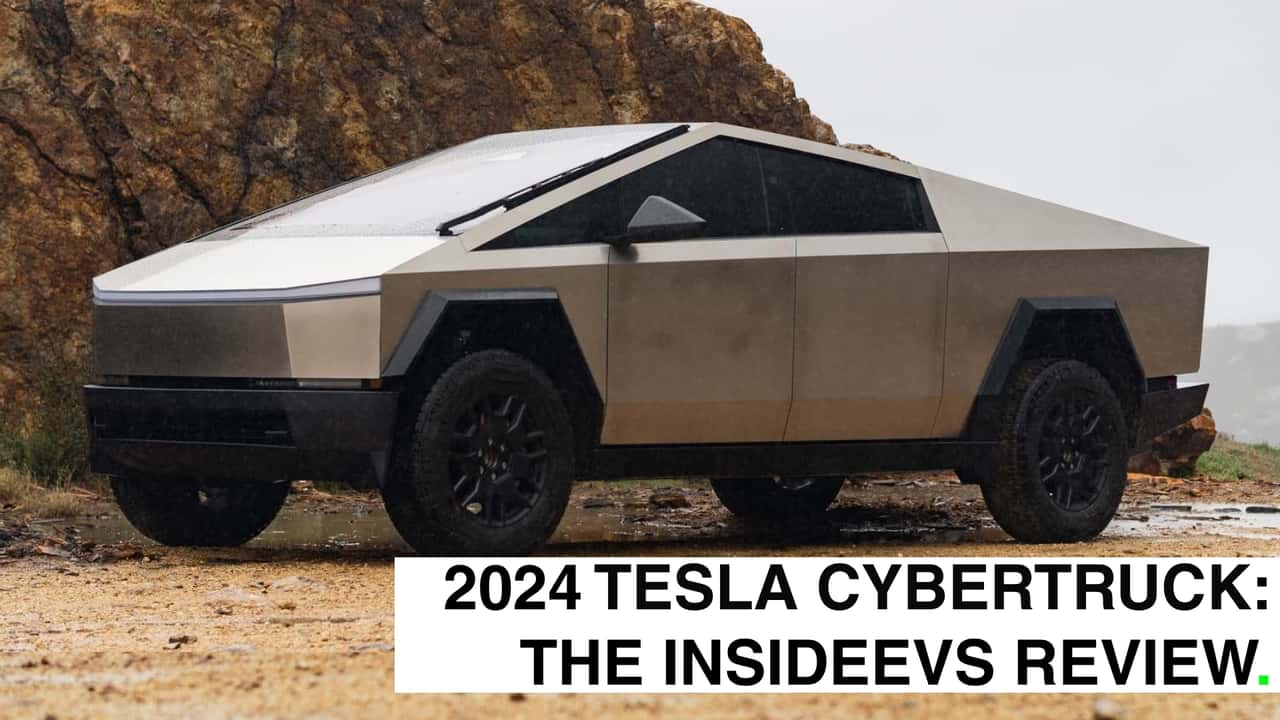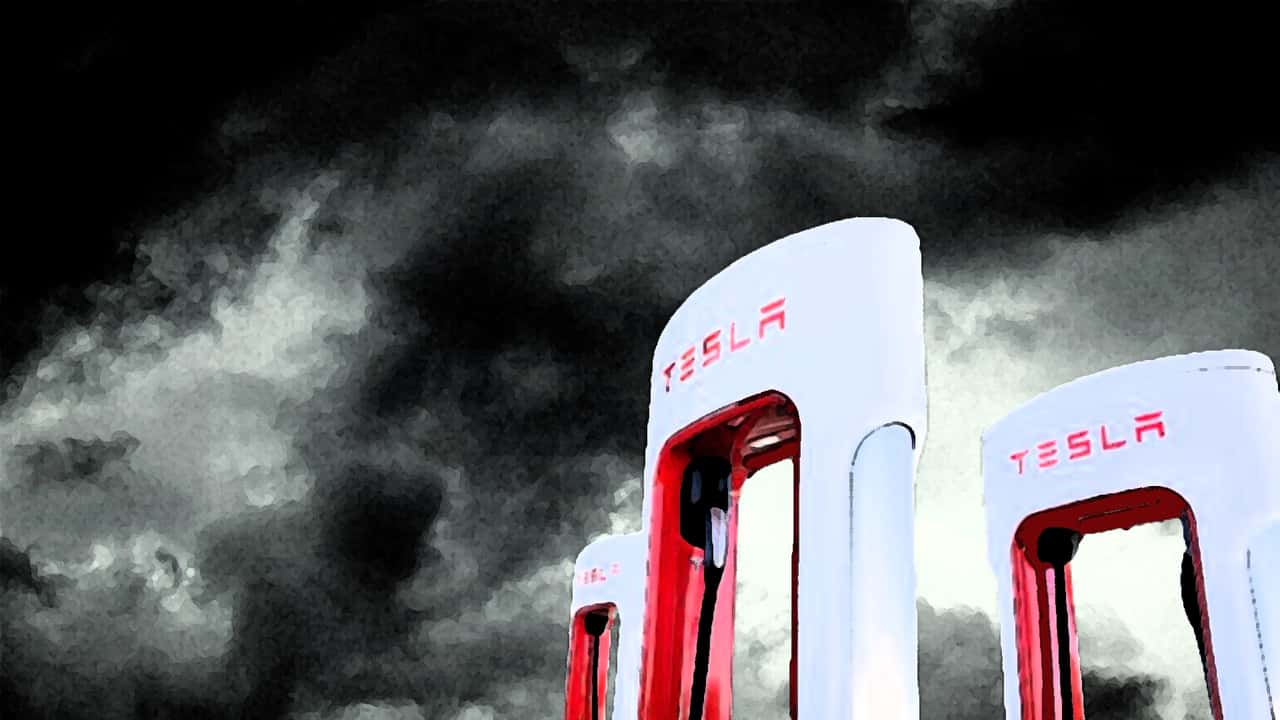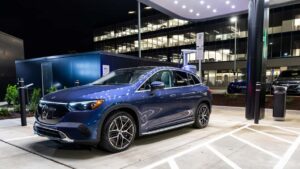Uncertainty looms over Tesla’s Supercharger team after significant layoffs raise concerns about the future of EV charging.
Even if you are a devoted fan who supports Tesla wholeheartedly, it is quite challenging to see any positive aspect in the recent announcement that a significant portion, if not all, of Tesla’s Supercharging team was impacted by the company’s recent layoffs.
Yesterday evening, The Information revealed that around 500 employees from Tesla’s charging department are being let go by the company, including its senior director and leader of new products. A brief look through LinkedIn, Reddit, X, and other social networking sites reveals numerous individuals who were part of Tesla’s charging team disclosing their job cuts. They all appear completely surprised (and understandably so) by this turn of events. (Attempts to reach out via emails and direct messages to various present and former Tesla executives have not been responded to.)
Additionally, Musk’s recent message to the staff lacks significant details or comfort regarding the future of charging infrastructure. “We plan to expand the Supercharger network by adding new locations where necessary and completing those that are currently being built,” Musk stated, showing a similar level of enthusiasm as when discussing upcoming Tesla vehicles in the last quarter’s earnings call.
Surprisingly, the remaining auto industry players who were preparing to collaborate with Tesla on charging also appear to be caught off guard today, leaving them with numerous uncertainties about what comes next. “We were surprised as anyone, and have no additional information than what’s been reported,” shared one automaker official with me.
There’s no doubt about it: this decision is completely perplexing. And in some way or another, it could disrupt many upcoming strategies for both Tesla and the EV sector in America.

In recent months and weeks, it appears that Musk has shifted his focus away from Tesla’s role as the dominant player (with the exception of Chinese automakers) in the electric vehicle competition. Instead, he is now fully engrossed in artificial intelligence and autonomy, betting the company’s future on robotaxis. This move seems to only validate the introduction of “more affordable” new models due to pressure from investors.
However, if Tesla is retracting its Supercharger expansion plans – and reducing the team working on them appears to suggest so – it represents a completely bizarre situation for Tesla.
One could argue that one of the smartest moves Tesla ever made was to build its own proprietary charging network. In 2012, as the Model S was gaining traction, Tesla understood that for its products to be widely adopted, it needed to break away from the traditional auto industry model of relying on other companies for charging infrastructure. Instead, Tesla took the initiative to develop its own charging network, rapidly expanding it both nationally and internationally. Through this process, Tesla gained valuable insights and experience. The Supercharger network has since become one of the largest and most reliable charging networks globally, setting the benchmark for efficient charging systems.
In the past, Tesla found it necessary to handle all operations internally due to the lack of support for electric vehicles in the industry. This strategy soon evolved into a major advantage, empowering the company to oversee every aspect of the car ownership process, including charging. Nowadays, Tesla Supercharging is known for its effortless use and widespread availability. Many electric vehicle owners have admired Tesla drivers as they charge their cars without any hassle, while they themselves struggle with credit card readers at other charging stations like EVGo.
The Supercharger network has proven to be extremely beneficial for the overall idea of electric vehicles. Tesla demonstrated that it was possible to establish a large, trustworthy, and efficient network of chargers while also eliminating concerns about range anxiety. Expanding this charging infrastructure has arguably been one of the most significant accomplishments for Tesla.
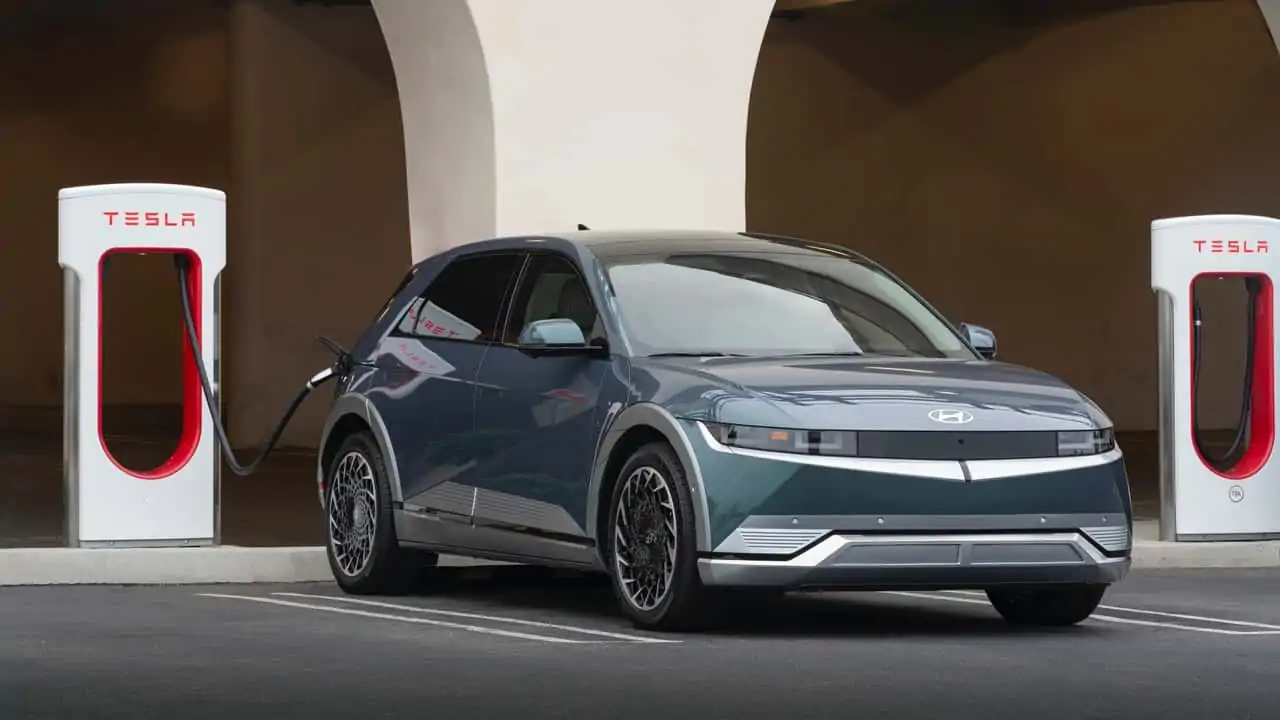
It came as no surprise when competing car manufacturers made numerous declarations in 2023 about their intention to adopt Tesla’s exclusive North American Charging Standard (NACS) plug and permit utilization of the Supercharger network. This move has been widely perceived as mutually beneficial for all parties involved; Ford, General Motors, Honda, Toyota, Rivian, and other companies will benefit from utilizing the top charging network available. Additionally, it is projected that Tesla stands to gain around $20 billion in revenue from charging alone by 2030, not to mention the additional billions from the Biden Administration’s EV charging grant investments.
According to Tesla’s own reports, Supercharger stations increased by 26% compared to the previous year by the end of Q1, with ownership of around 30% of America’s DC fast-charging infrastructure. Electric vehicle owners were thrilled to receive their NACS adapters and anticipated more convenient native charging solutions. Rivals such as ChargePoint also offered similar plugs, positioning Tesla well for generating revenue. Recently, The Atlantic made a comparison between Tesla and a modern Con Edison, portraying it more as an energy supplier than just an automaker.
InsideEVs has reached out to several other car manufacturers via email, but has not yet received any responses. In addition, attempts to contact Tesla’s communication teams in various regions have also gone unanswered.
Musk may have observed that the Supercharger network was not expanding rapidly enough for his liking; Bloomberg recently reported that Tesla fell short of its goal to triple the network between 2021 and 2023, only managing to double it instead. It is possible that Musk is seeking a new team to accelerate the expansion process. Consequently, this presents an opportunity for other automakers in need of skilled charging experts.
It is more probable that this is all part of Tesla’s wholesale pivot to AI and robotaxis. In Musk’s mind, those areas are where Tesla will put the most resources and talent until it has fully “solved” the challenge of autonomous driving. For numerous reasons, that pivot seems suspect, and the notion that Tesla’s past success will guarantee its future has its limits.
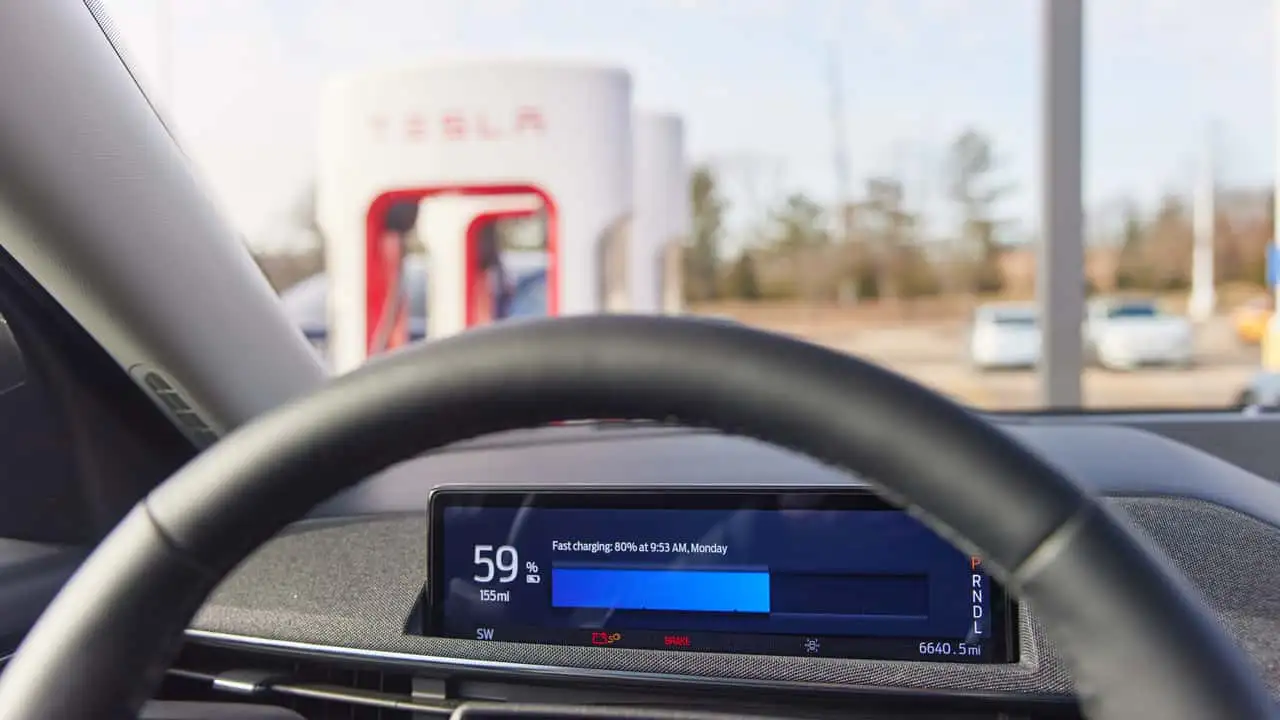
Losing a team of 500 people in charge of charging is likely to have negative consequences for Tesla owners. Concerns may emerge regarding maintenance, upkeep, and the introduction of new features, not to mention the expansion of new charging stations.
It is highly improbable that these job cuts will have any effect on the industry’s transition to the NACS plug. This technology is in the process of becoming an SAE standard, which is beyond Tesla’s control. While a source in the industry suggested to me that this action might hinder other car manufacturers from joining the Supercharger network, the specific impact remains vague.
At the conclusion, Musk is the sole individual capable of outlining the way forward. He dedicated the previous 12 hours to X platform discussions on slavery, progressive TV programs, and decreasing birth rates; therefore, the next steps remain uncertain. However, impeding the advancement of one of the top motivations for purchasing an electric vehicle is detrimental to all parties involved – not beneficial to the sector, and definitely harmful to the environment.
Recently, Musk appears to be placing a heightened emphasis on Tesla’s stock value. Regrettably for him, this strategy is not resonating well with investors. As of now, Tesla’s stock has dropped by 5%, indicating that even Wall Street is perplexed by the decision to undermine such a crucial aspect of the company’s business.
For contacting the writer, please email: patrick.george@insideevs.com.

